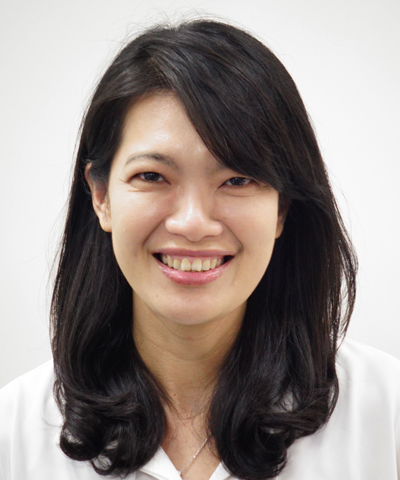Eco-friendly Innovation
綠色創新
Growing ECOVE’s Solar Power Business: From Generation to Storage and Added Value Solutions
ECOVE Environment Corporation (ECOVE), a subsidiary of CTCI Group, has been actively developing renewable energy in response to the international trend of solar power generation system development, investment, supervision, and operations. In Taiwan's scenario, a top priority also focuses on increasing the proportion of renewable energy generation in a short time-span, according to the Pathway to Net-Zero Emissions 2050 policy. Solar power plays a key role in accomplishing this goal. Apart from increasing solar power generation capacity, ECOVE is also actively investing in energy storage solutions, bringing add-on value of green power, and integrating private power resources, all with the goal of helping the government achieve energy transformation.
Optimal Outcome with Solid Engineering Planning and Implementation Capabilities
Driven by government policies, solar power installation capacity grew from 1.2GW to 7.7GW from 2016 to 2021, showing an increase of 516%. In line with the 2050 net-zero pathway plan, the government estimates that the overall share of renewable energy generation will be pushed up to exceed 60%, and the installed capacity is estimated to double the original capacity further. ECOVE has been paying close attention to the trend of solar power development in Taiwan and continues to develop its business with the support of the CTCI Group. Through solid engineering planning and implementation capabilities, we have completed over 70 solar power projects with our key partners, including Taiwan High Speed Rail, Kaohsiung Metro, and Taipei Metro. As of Sep. 2022, total developed capacity has reached 142MW, with an accumulated power generation of about 441 million kWh and a carbon reduction of 226,000 metric tons. Geographically speaking, Taiwan is situated in a sunny location, which makes solar energy the top choice for renewable energy development in Taiwan. Currently, solar equipment installation can be divided into three main types: rooftop, ground-based, and floating type. However, there are many factors to consider when installing solar equipment on the ground. In addition to land planning and utilization restrictions, there is also a need to balance local development and community relations. Therefore, it is necessary to evaluate multiple utilization options from a professional perspective to find the best option when installing solar equipment. Take landfill site— one of the various utilization options— as an example. We can increase the economic value of land use by revitalizing land resources through electricity generation. Another example is to install floating solar power panels in reservoirs or detention basin, which can reduce water evaporation and does not affect the flood control or water storage. The "symbiosis between fishery/agriculture and power generation" is a method based on the spirit of "breeding/planting as the main purpose and green power as an added value." By adding additional functions to something with an existing purpose, not only land use efficiency can be improved, but also helps achieve zero-carbon power generation and increase an industry's added value.
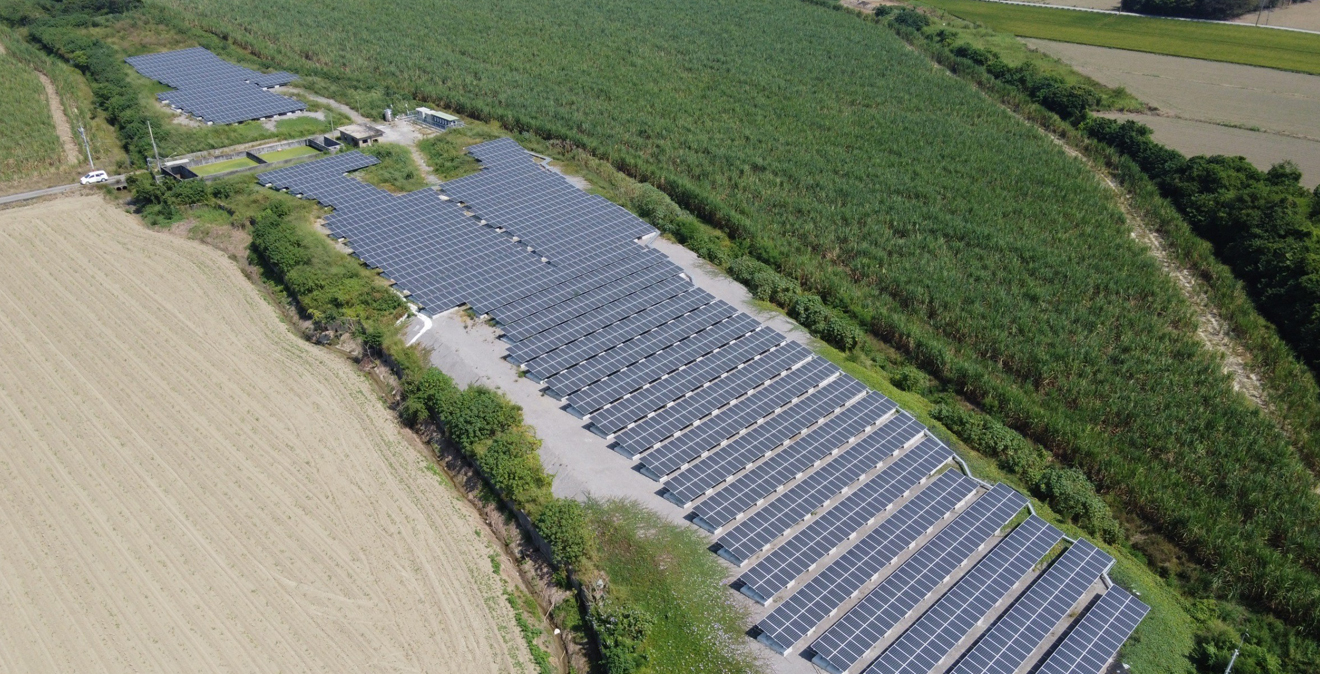
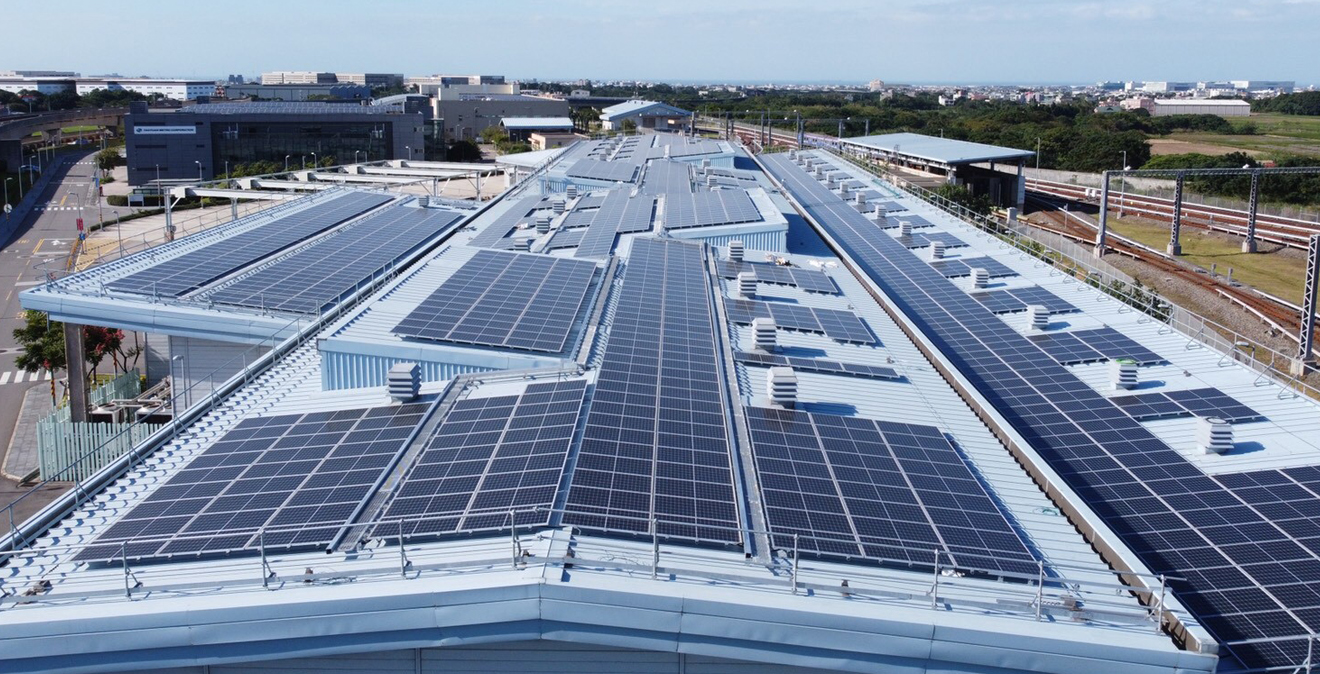
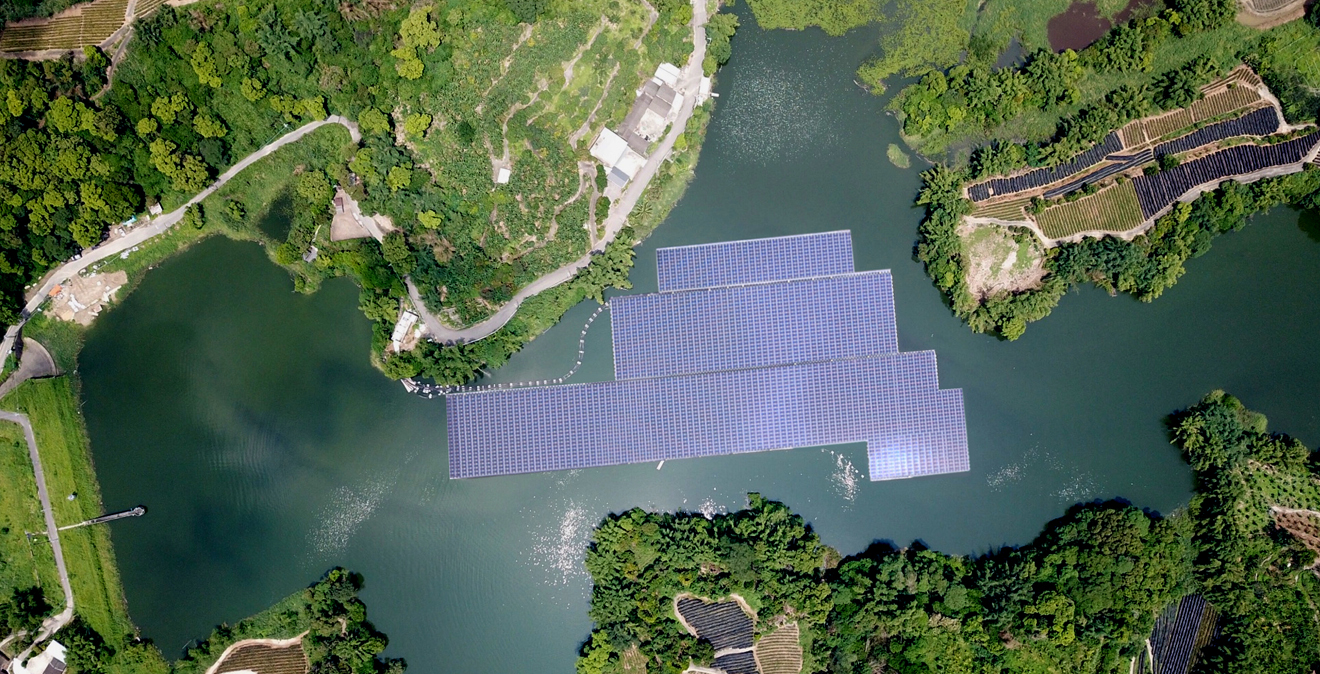
ECOVE Brings in Energy Storage to Create Adjustability and Value in Solar Energy
As renewable energy rapidly grows in proportion in the future, power supply is likely to be unstable due to the intermittent nature of renewable energy generation, which can be observed in the well-known duck curve graph (shown below). The graph shows that power generation is sufficient during midday due to solar power generation, and the loading on conventional power generation units, such as petrochemical and nuclear power, is low (refer to the purple line). The portion where power generated with the conventional methods is supplemented by solar power resembles the belly of a duck. By the evening, at sunset, solar power generation decreases suddenly, and the loading on conventional energy-generation methods rises to form the shape of the duck's neck. As the proportion of solar power gradually increases, the bigger the duck's belly and the longer the duck's neck will become, making power dispatching even more challenging.
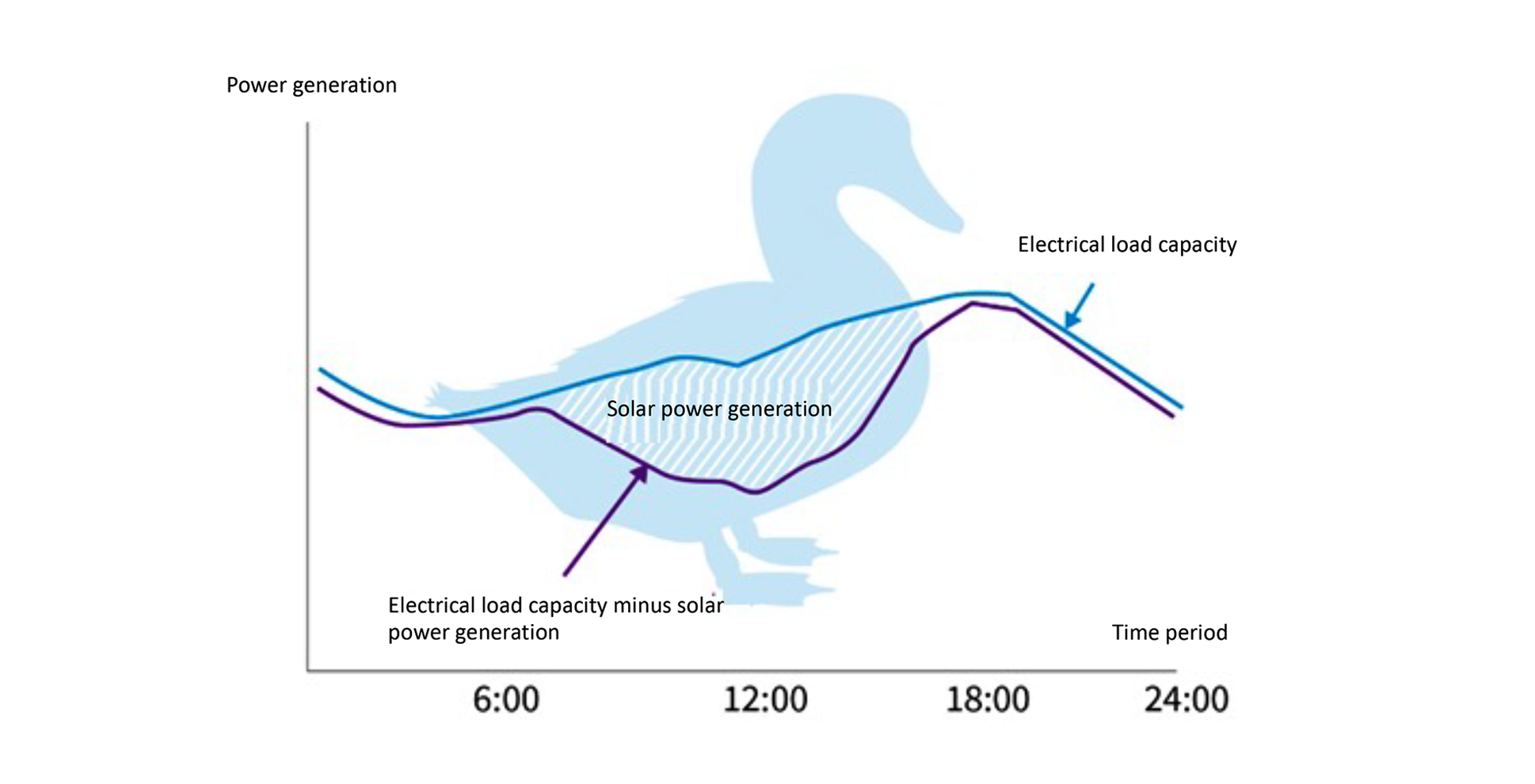
The intermittent nature of solar power requires corresponding compensation schemes to ensure power dispatching flexibility. In view of this, ECOVE is actively developing energy storage solutions to enhance the adjustability and value of solar power.
(Data source: Taipower Monthly, Issue 691)
Energy storage is the best partnering solution that can overcome weather and time constraints when it comes to developing solar power. It can also help deal with the problem of peak power use at night without possibility of solar power generation. By storing solar power and dispatching it at other times when it is needed, solar power becomes more valuable and flexible. Recently, the Bureau of Energy has been developing a combined solar power storage program, in which solar power is stored at midday from 10:00 to 14:00 and then discharged in the evening when electricity consumption peaks. As application of energy storage in power dispatching increases, there has been a global trend in moving towards using energy storage systems for solar power integration. As increasing number of internationally renowned companies have declared their commitment to 100% green power policies, the potential for operational flexibility and scalability brought by solar power and energy storage will increase significantly in the foreseeable future. ECOVE has also begun to provide green power trading services in recent years in line with the government's energy policy. When combined with the installation of energy storage systems, these services can further assist enterprises in increasing the use of green power.
Conclusion
Given Taiwan's 2050 net-zero carbon emissions target, ECOVE is actively building three types of solar power plants— rooftop, ground-based, and floating type— in line with the government's diversified energy development policy and through the adaptive reuse of land assets. With extensive experience in investing in overseas solar power markets, ECOVE became the first Taiwanese company to receive the U.S. Green-e ® Energy certification. The total amount of carbon emissions we helped reduce in 2021 through solar power generation was equivalent to the annual carbon absorption of 122 Daan Forest parks, the largest urban park in Taipei, the capital city of Taiwan. ECOVE will continue to conduct research on more solar power applications and energy storage systems to enhance system integration and services in response to the increasing demand for green power under the trend of carbon reduction. In doing so, we hope to provide reliable, zero-carbon energy to the market and help Taiwan's society achieve its sustainable energy development policy goals.


